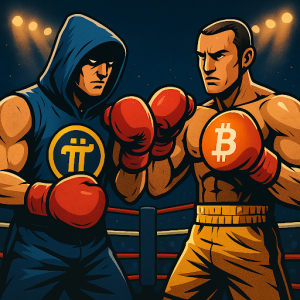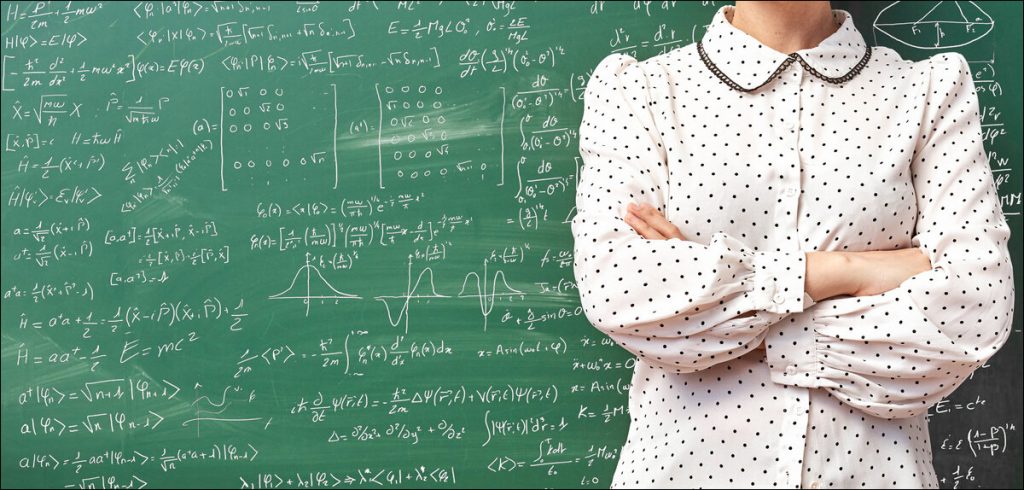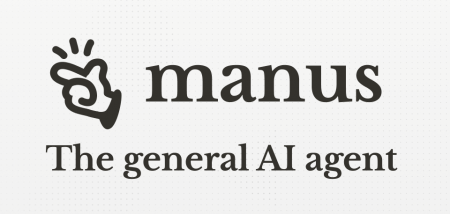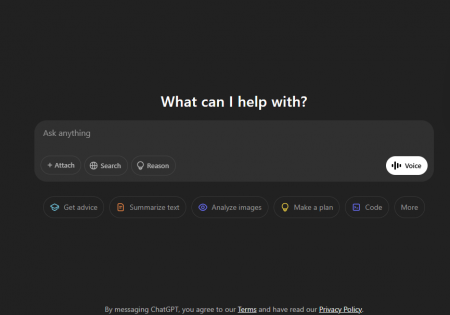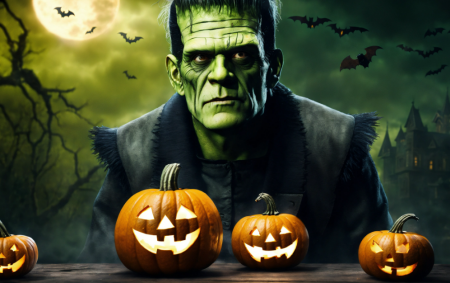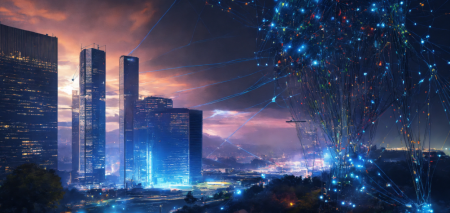The discovery of the connection between genetics and pure mathematics highlights again how the universe is more logical and pattern based than most realise writes Satyen K. Bordoloi.
One of the strangest things I find in the era of Artificial Intelligence is people’s surprise at the ‘emergent properties’ of AI. Though Google’s Bard was not taught Bengali, as per CEO Sunder Pichai, it taught itself the language. People – including Pichai, called it magic, proof of AI’s awesome power.
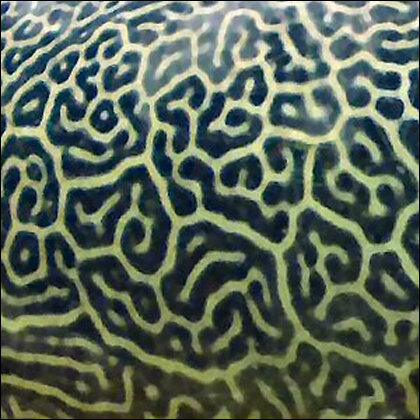
Those who follow mathematics and understand how things that appear illogical or without pattern, like leaves have underlying mathematical properties – like the “golden ratio” or 1.618:1 or Fibonacci sequence that’s found in shells, plants, flowers, animals etc. – were merely surprised at people’s stupidity. Sets of languages follow similar patterns of logic. I can read, write, speak four languages, and understand at least 6 others not because I am a genius, but being exposed to various languages growing up, my mind figured out its underlying patterns so that I can understand at least a bit of any language that follows that pattern.
The findings of a recent study have put that connection between life and mathematics back into the bright spotlight.
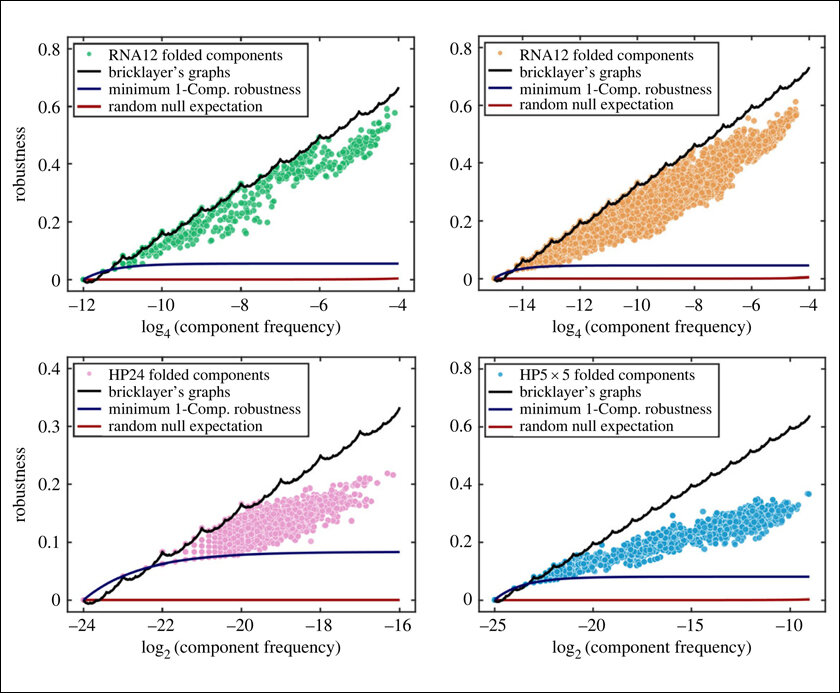
GENETICS AND MATHEMATICS:
An interdisciplinary team of researchers in the fields of mathematics, engineering, physics, and medical science from Oxford, Harvard, Cambridge, GUST, MIT, Imperial, and the Alan Turing Institute “have uncovered an unexpected link between pure mathematics and genetics, that reveal key insights into the structure of neutral mutations and the evolution of organisms.” The paper can be read here.
One of the purest forms of mathematics – number theory – seemingly too abstract to be applied to the natural world, has not only found unexpected applications time and again – like the ‘golden ratio’, but this new link to genetics will surprise many. The researchers have “discovered a deep connection between the sums-of-digits function from number theory and a key quantity in genetics, the phenotype mutational robustness. This quality is defined as the average probability that a point mutation does not change a phenotype (a characteristic of an organism).”
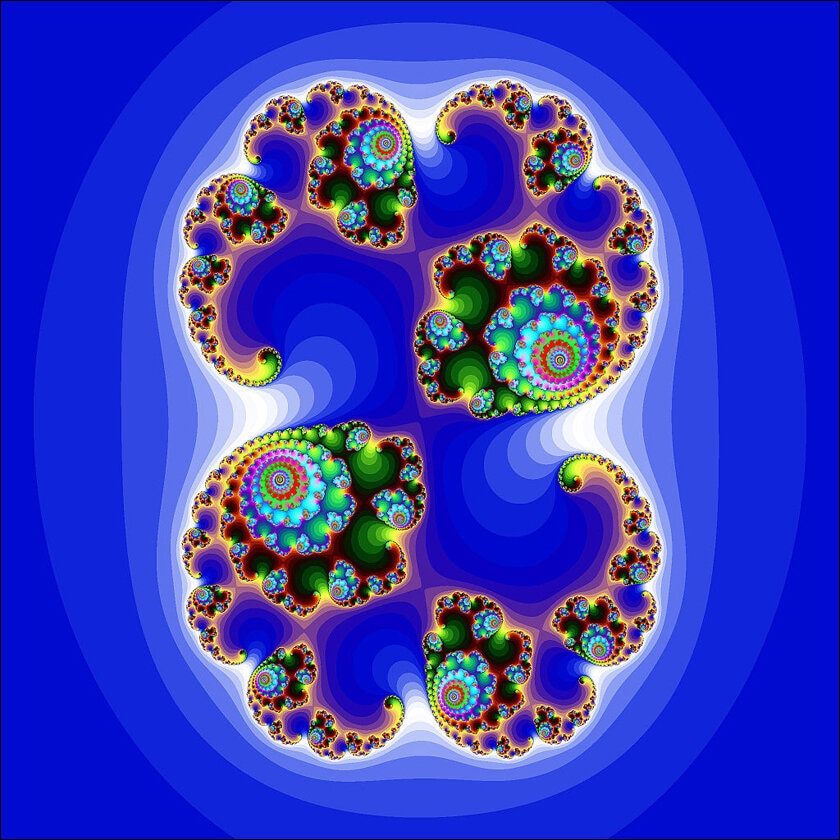
First author of the study Dr. Vaibhav Mohanty of Harvard Medical School said in a statement by the institute, “What is most surprising is that we found clear evidence in the mapping from sequences to RNA secondary structures that nature in some cases achieves the exact maximum robustness bound. It’s as if biology knows about the fractal sums-of-digits function.’
Number theory is the study of positive integers. Integers are numbers excluding fractions thus 1, 3,5, 0, -4, -9 etc are integers while pi or 3.14 is not. Number theory deals with only the positive side of those i.e. it excludes the number in the negative starting from -1, -2, -3 to infinity. This is a fascinating field of pure mathematics, seemingly so disconnected from the larger world that American number theorist Leonard Dickson had once written, “Thank God that number theory is unsullied by any application.”
Yet, as the research statement by Oxford University mentions: “again and again, number theory finds unexpected applications in science and engineering, from leaf angles that (almost) universally follow the Fibonacci sequence, to modern encryption techniques based on factoring prime numbers.” This demonstration of the unexpected link between number theory and evolutionary genetics is the latest addition.
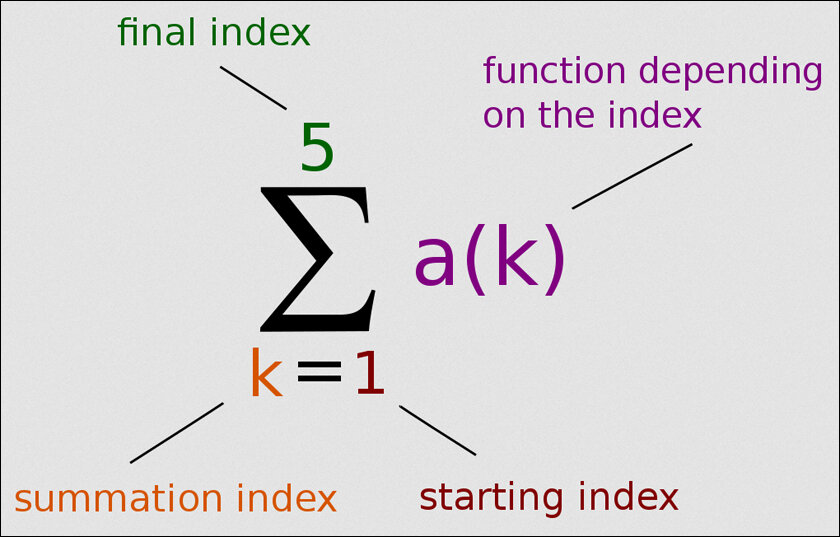
(Image Credit: Wikipedia)
A WORLD MADE OF MATHEMATICS:
Search the web for ‘Is everything made of maths’ and you’ll find some fascinating studies, ideas and philosophies about the same. Many posit that indeed, the world is made of mathematics, citing old and new studies – like this one – as proof.
Yet, what few talking about mathematics’ link with life get, is that mathematics is not really a thing in itself. Like any other language, it is a set of symbols we use to understand things more accurately. But instead of say 26 alphabets of the English language, Mathematics is an ever-expanding world of symbols and ideas behind them that together form this universal language. The symbols of algebra and differential calculus – though both deal with numbers – are different from trigonometry despite the overlaps. Yet, as a whole, it is a language that helps us understand not just the outer description of things, but the precise nature of it. Mathematics is what is common among various fields of science – Physics, chemistry, biology, quantum mechanics etc. These different sciences use mathematics to describe and measure with accuracy what they are observing because simple languages are not enough.
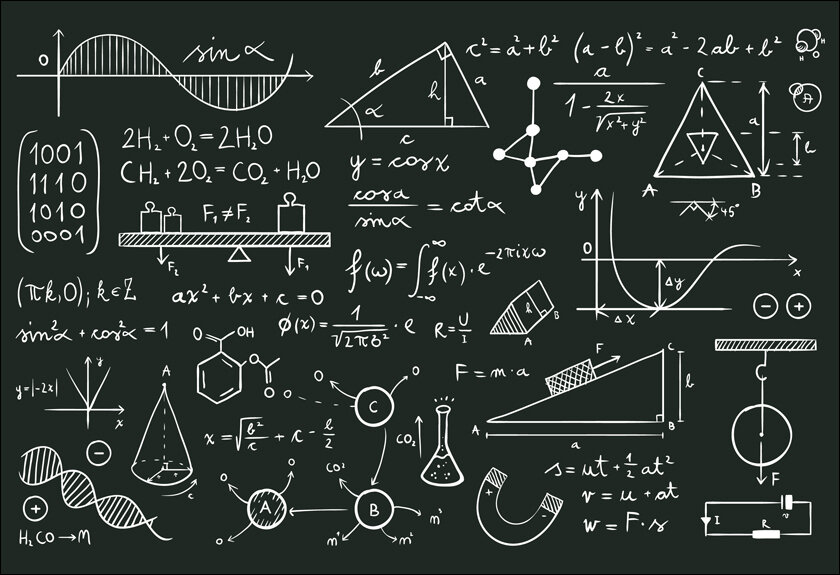
We may not be able to describe the colour or shape of a rock using mathematics as it is not a language meant for that, but we can uncover its properties using it e.g., its density, mass, structure, formation etc. Thus, though language gives us a good description of rock, a truly accurate description emerges only with the help of mathematics. Conversely, we can see that just mathematics is not enough. What will we do with knowing just its properties, if we do not know how to describe the rock and how and what it looks like? Pure mathematics in itself is just a set of symbols that won’t make sense even to mathematicians if the ideas behind those symbols were not explained using other languages.
Thus, mathematics is a language, but it is language as a tool that we have created to understand life to the microscopic precise detail. To general people, mathematics takes the ‘fun’ out of everything. A rainbow, to a poet, has colours of his love for her beloved while a religious person says it is proof of god’s benevolence and LGBTQ+ people have made it a symbol of the spectrum of sexuality. The poet and the priest do not want to know that a rainbow in nature is produced by the splitting of light and that when sunlight hits water droplets, it is refracted or bent.
The poet and theist will call the mathematician and scientist a joy killer. The truth, which only those who go deep into science and mathematics realise, is this: science and its votary mathematics, are spiritual practices. Mathematics gives its followers, paroxysms of ecstasy: like the golden ratio found everywhere in nature or fractals that can both go inward and outward infinitely as it is a repeating pattern. While religion and poetry get spiritual about the surface of things, scientists and mathematicians do so about the depth of the same. The two are not opposites but merely have a different perspective about the nature of things in the universe – both of which are important to the study of everything, everywhere in the universe.
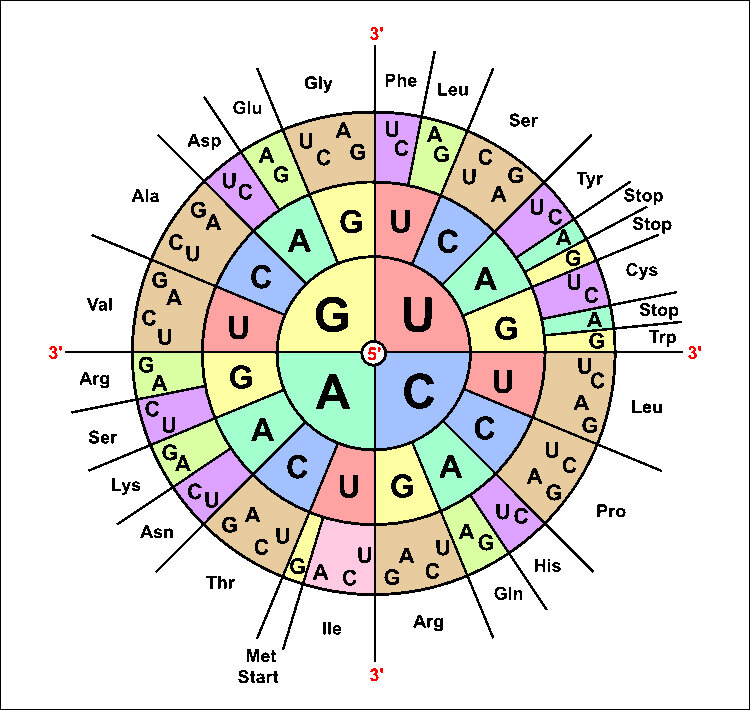
(Image Credit: Wikipedia)
THE FUTURE OF MATHEMATICS AND LIFE:
And the beautiful thing about mathematics is that though it has come a long way, and described a lot of the reality around us, it might only have just begun. As science progresses, we are realising that the old ways of mathematics are not sufficient to describe some of the things we observe, most notably the quantum world. Many of our laws either don’t seem to apply or fail miserably at the quantum level. For a century now we have been struggling to find ways to describe this microscopic universe that is at the root of everything. We are perhaps working with it precisely because we are using the wrong tools to understand it.
Maybe the reason is that mathematics has not advanced enough to explain the quantum world, perhaps the truth is that despite thousands of years of development, we are merely at a starting point of mathematics and as we delve deeper into the mysteries of the quantum world, we’ll need to expand this field exponentially – both outward and inward, like fractals.
As time and research progress, as more people put their minds to it, as we use modern technologies like artificial intelligence to aid us, we will discover these new forms of mathematics, new laws that will describe the quantum world perfectly and the world would make sense, seem in order again.
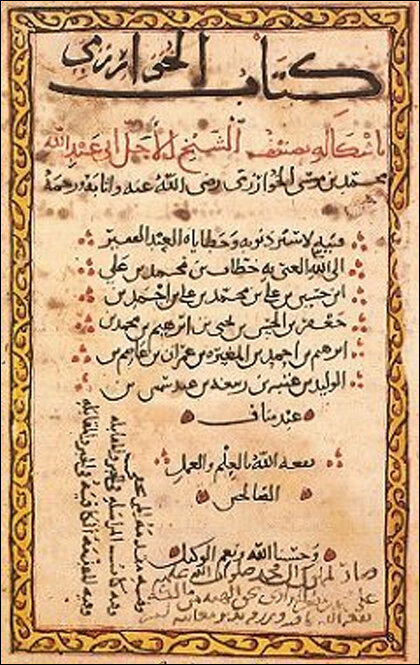
Problems emerge if we look at the world of science and mathematics today as the final destination. It isn’t. It never will be. The only thing finite is religion which spurs the infinity of human stupidity. Science and mathematics are their antidotes. We are always going on to discover and understand the world, and the universe around us, better and better. Languages like this – English – and the universal language of Mathematics – are tools to understand that world. Maths will expand to take in new ideas, theories and entirely new forms that don’t exist today, soon. And once we have figured out the mystery of the quantum world, who knows we’ll find some way to go deeper – or something larger than the universe – with better instruments that’ll go further into the depths and breadths of our world.
Mathematics will – it already is – change accordingly. As we go forward in time and science, we will need maths to explain the universe better, deeper. With this study, another field – genetics – has been breached and explained further by mathematics. Tomorrow there will be nothing that we won’t be able to explain with it.
Philosopher Rene Descartes must indeed have known this when he famously said, “But in my opinion, all things in nature occur mathematically.” We are just beginning to discover how this statement, made nearly 400 years ago, is true.
Oh, and the assertion about Bard teaching itself Bengali, turns out it’s not true. Bard was indeed taught Bengali, as former Google researcher Margaret Mitchell pointed out in this Twitter thread. Did Sundar Pichai lie about this? If he did, why? Now that is a mystery bigger than the mathematical foundations of the universe.
In case you missed:
- Why a Quantum Internet Test Under New York Threatens to Change the World
- Google’s Willow Quantum Chip: Separating Reality from Hype
- How Old Are We: Shocking New Finding Upends History of Our Species
- Copy Of A Copy: Content Generated By AI, Threat To AI Itself
- Microsoft’s Quantum Chip Majorana 1: Marketing Hype or Leap Forward?
- OpenAI’s Secret Project Strawberry Points to Last AI Hurdle: Reasoning
- Reversing Heart Disease: Next Step in Living 150 Years Achieved in Lab
- Anthropomorphisation of AI: Why Can’t We Stop Believing AI Will End the World?
- When Geniuses Mess Up: AI & Mistakes of Newton, Einstein, Wozniak, Hinton
- The Great Data Famine: How AI Ate the Internet (And What’s Next)


